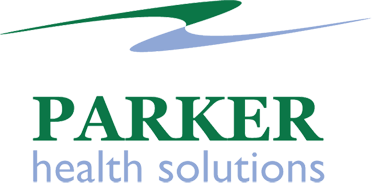Egg Labels – What Do They Really Mean?
Why did the chicken cross the road? Because she lived outside and could actually SEE the road. I admit this joke is not all that funny, and neither is the way that conventional eggs are being produced today. Picture windowless, artificially lit warehouses containing stacks and stacks of wire cages with 5-6 beakless hens per cage eating hormone and antibiotic laden, genetically modified corn and soy feed. Not funny at all.
This type of farming is not only incredibly inhumane, it has led to nutrient deficient eggs and an alarming increase of salmonella poisoning. We can’t even eat raw Christmas cookie dough anymore! Now that is crossing the line! We don’t recommend giving up on the egg though. Eggs are a wonderful source of protein and contain mostly unsaturated (healthy) fat. Studies have proven they do NOT increase cholesterol levels, and contain powerful antioxidants for the eyes and skin. The health of the chicken has everything to do with the nutrient level in the egg. How do you know which eggs to buy? Decoding egg packaging labels today is almost as confusing as my son’s calculus homework! Here are the important facts:
Conventional- these are your typical eggs from chickens raised using the above mentioned methods. Be aware that they may use the word “natural,” as there is no regulation on that term.
Cage Free- the chickens are not kept in cages, but can be crowded into less than one foot of space per chicken, typically leading to poor sanitation and the inhumane practices of forced starvation and debeaking. They do not have to have outdoor access. There is little difference in the quality of these eggs compared to the conventional.
Free Range- this term conjures up images of happy chickens roaming the barnyard, pecking and scratching at the ground for food. Not so, I’m afraid. There are no cages and the chickens do have access to an outside door, but are severely crowded. “Outside” is usually a small bare dirt or concrete caged area. They rarely go outside and there are no regulations on the amount of time spent outdoors.
Omega-3- all eggs have some level of Omega-3 fatty acids. The best way to raise the levels is by allowing birds to forage on lawns or pastures. The other way is to add fish oil, flax seeds, or alfalfa meal to the feed.
Certified Organic- No antibiotics, hormones, or animal byproducts are used in the feed. The birds are uncaged and do have outdoor access, but the amount, duration, and quality of it is undefined.
Vegetarian- unless they are labeled “organic” these birds can still be fed antibiotics and pesticides. They are just not given animal byproducts.
Pasture Raised- these are the best eggs available at the grocery store. They do not use hormones, antibiotics, or animal byproducts. The birds are raised on grass outdoors in movable shelters. They are not debeaked and live as chickens naturally do, flapping their wings, foraging for food, and moving about freely.
Of course, the most ideal egg of all is to find a nearby farm that engages in humane, healthy farming and buy your eggs there. If that isn’t an option, look for pasture raised. Here is a link that may be helpful for local people for an egg that we recommend:www.facebook.com/l/sAQEPpkbNAQHe1ev7iDRXDfHLjIFFn-U92UPeYhc2sXLucw/vitalfarms.com/map/

